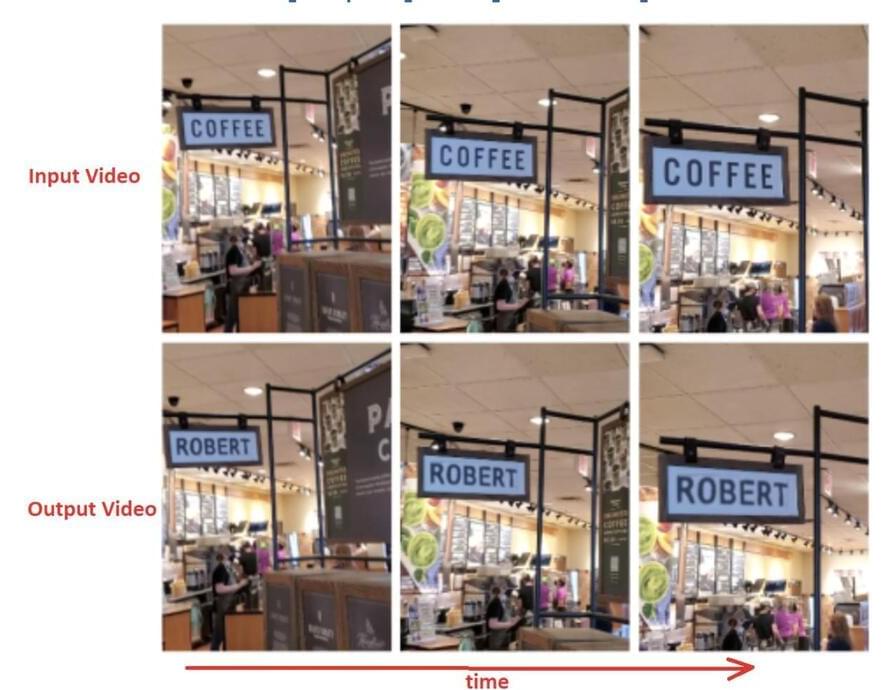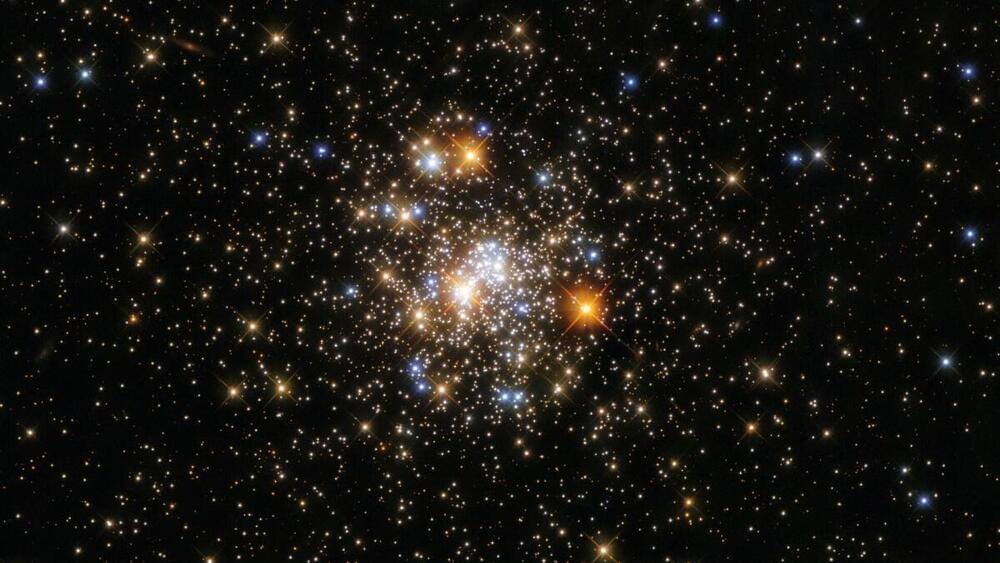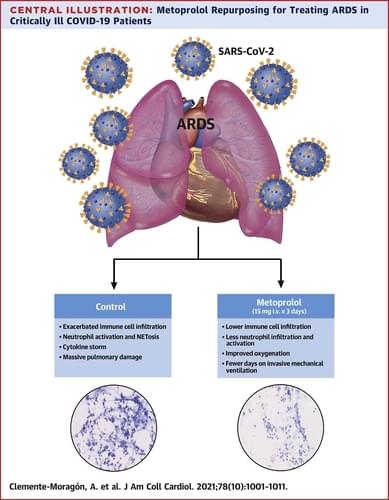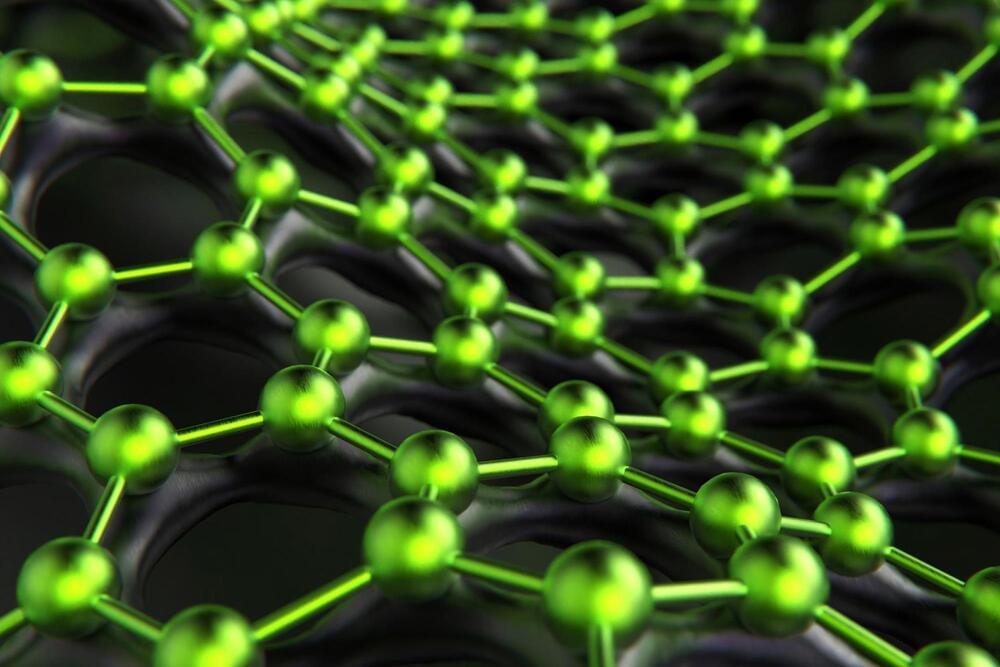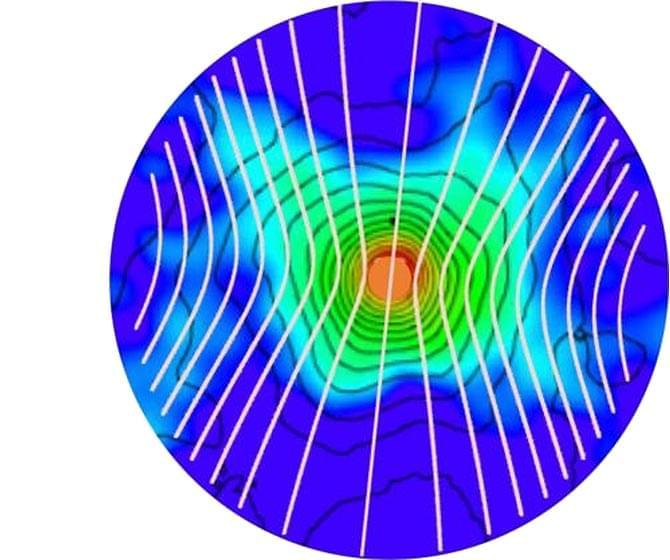Sep 13, 2021
World-first resurfacing project mixes graphene into freshly laid UK road
Posted by Omuterema Akhahenda in categories: life extension, particle physics
One of the many areas graphene promises to have transformative effects is in fortifying construction materials like concrete and asphalt. A first-of-a-kind trial now underway seeks to apply the wonder material’s impressive attributes to one of the UK’s major thoroughfares, by deploying it in a road resurfacing project along a stretch of the A1 motorway.
Made up of a single sheet of carbon atoms arranged in a honeycomb pattern, graphene offers incredible strength and flexibility, and by incorporating it into materials like asphalt scientists hope to develop road surfaces that last far longer, and therefore cost less to maintain.
Back in 2017 we looked at an interesting take on this from a pair of Italian companies that developed an asphalt material doped with a graphene additive to make it less likely to soften in the heat and crack in the cold under high loads. This product, known as Gipave, also incorporates plastic pellets and was recently rolled out along stretches of UK roads as part of trials to see how it can extend the lifespan of the surface.



